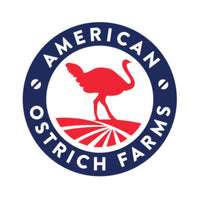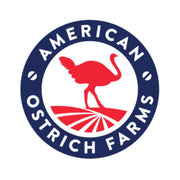LEAN AND LOW IN FAT
Ostrich meat stands out for its low fat and cholesterol content, rivaling even skinless chicken breast. This makes it a healthy option for those seeking lean protein.RICH IN PROTEIN
Similar to traditional poultry like chicken and turkey, ostrich meat is an excellent source of high-quality protein. Ground ostrich has more grams of protein per serving than grass-fed beef.COLOR AND TEXTURE
Unlike most conventional poultry, ostrich meat is dark red, resembling red meat like beef. This coloration is due to the presence of myoglobin, a protein found in higher concentrations in red meat.TASTE AND TEXTURE
Ostrich meat has a unique flavor profile, with a mild, savory taste and a texture akin to lean beef. It does not taste like chicken like some may think, but instead it tastes similar to beef or bison. In fact, some people have a hard time telling the difference between cooked ostrich meat and grass-fed beef.
The answer is, ostrich meat is neither singly poultry nor red meat, but in fact both. From a biological standpoint, ostrich meat is poultry because it is sourced from an avian species, not a mammalian one. The USDA's inspection, processing, and other regulations classify ostrich as poultry, yet their food handling recommendations group ostrich meat with beef, venison, and lamb. Culinary classifications deliver us to yet another conclusion. Ostrich's color, flavor profile, and ideal cooking temperature all support characterizing it as a true red meat.
Embrace the culinary conundrum that is red meat poultry and experience the unique taste and health benefits of ostrich meat.






